404
Site map
- We are the Moldavians
- Important!
- Introduction
- The Moldavian ethnogenesis
- Dictionary
- About the Moldavian language
- The Moldavian Nation
- About «romanianism» of some Moldovians
- About the role of Moldavians in the foundation of Romania
- On the role of the moldavian culture in the formation of Romanian culture
- About role of intelligentsia in denationalization of Moldovans
- Why are we not Romanian?
- Significant personalities of Moldova
- Encyclopedia of Moldova from А-Z
- History
- Civilizations of the Ancient world
- The history of Moldova from ancient times to our days
- Hospodars and Heads of State
- Moldavian historical symbols
- National symbols of the Republic of Moldova
- Cetățile Moldovei
- Moldovan celebrities
- Spiritual pivot of the Moldovan state
- Legislation
- Historical documents
- Development strategy
- Development strategy of Moldova until 2025
- Development of Moldova and reform of power
- The strategy for elevating the effectiveness of state foreign policy
- Optimization of national security strategy
- The strategy for the development of a state of justice
- The strategy of formation of a mature civil society
- The strategy for improving the local self governance
- Culture, science and education development strategy
- The strategy for the restoration of territorial integrity of Moldova
- Economic development and social policy optimization strategy
În contextul lansării programului ”Satul European”, ce probleme vitale există în localitatea dumneavoastră?
Settlements of Moldova
- Statut:
- Sat
- Prima atestare:
- 1642
- Populația:
- 1075 locuitori
Gălăşeni este un sat şi comună din raionul Rîşcani. Din componenţa comunei fac parte localităţile Gălăşeni și Mălăieşti. Localitatea se află la distanța de 30 km de orașul Rîșcani și la 196 km de Chișinău. La recensămîntul din anul 2004, populaţia satului constituia 1075 de oameni. Satul Gălășeni a fost menționat documentar în anul 1642.





 15 octombrie - Calendarul celor mai importante evenimente din trecut și prezent
15 octombrie - Calendarul celor mai importante evenimente din trecut și prezent 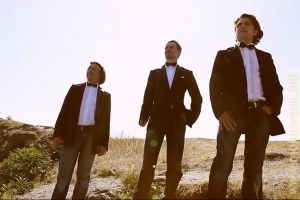 MELODIA ZILEI: Trandafir - Sună-n toată Europa
MELODIA ZILEI: Trandafir - Sună-n toată Europa  Aurelian Dănilă despre punerea în scenă a operei „Ștefan cel Mare”: Este necesar…
Aurelian Dănilă despre punerea în scenă a operei „Ștefan cel Mare”: Este necesar… 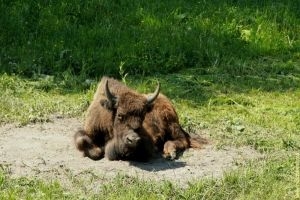 Moldografia: Puiul de zimbru în Rezervația științifică „Pădurea Domnească”
Moldografia: Puiul de zimbru în Rezervația științifică „Pădurea Domnească” 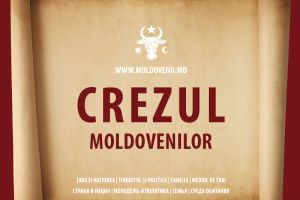 Țineți-vă de cuvînt!
Țineți-vă de cuvînt!  Alexandru Danci: „Nu știu cît de mult costă o zi de viață umană”
Alexandru Danci: „Nu știu cît de mult costă o zi de viață umană”  111 ani de la nașterea lui Efim Uciteli
111 ani de la nașterea lui Efim Uciteli  Ce loc a ocupat Leonida Ciobu în finala a Mr. Olympia LLC
Ce loc a ocupat Leonida Ciobu în finala a Mr. Olympia LLC  Oamenii pot mirosi frica
Oamenii pot mirosi frica  REŢETA ZILEI: Crap după reţeta pescarului
REŢETA ZILEI: Crap după reţeta pescarului  Ce locuri neexplorate au rămas în Chișinău pentru cunoscătorii istoriei sale
Ce locuri neexplorate au rămas în Chișinău pentru cunoscătorii istoriei sale 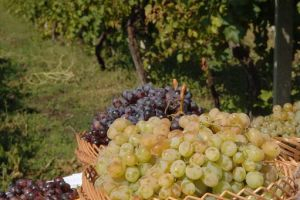 Calităţile terapeutice ale vinului
Calităţile terapeutice ale vinului  Fără exit-poll la alegerile din 20 octombrie
Fără exit-poll la alegerile din 20 octombrie  Bucătăria moldovenească – tradiţie seculară a alimentării sănătoase
Bucătăria moldovenească – tradiţie seculară a alimentării sănătoase  Pe aceeași undă cu Chișinăul
Pe aceeași undă cu Chișinăul  Laima Vaikule a încîntat publicul de la Chișinăul
Laima Vaikule a încîntat publicul de la Chișinăul 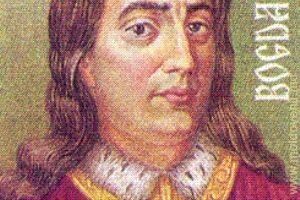 Bogdan al II-lea – o domnie scurtă și zbuciumată
Bogdan al II-lea – o domnie scurtă și zbuciumată  Alegeri 2024. "Rîs cu plîns"
Alegeri 2024. "Rîs cu plîns" 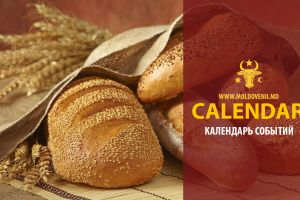 16 octombrie - Calendarul celor mai importante evenimente din trecut și prezent
16 octombrie - Calendarul celor mai importante evenimente din trecut și prezent  MELODIA ZILEI: Alternosfera - Ploile nu vin
MELODIA ZILEI: Alternosfera - Ploile nu vin 